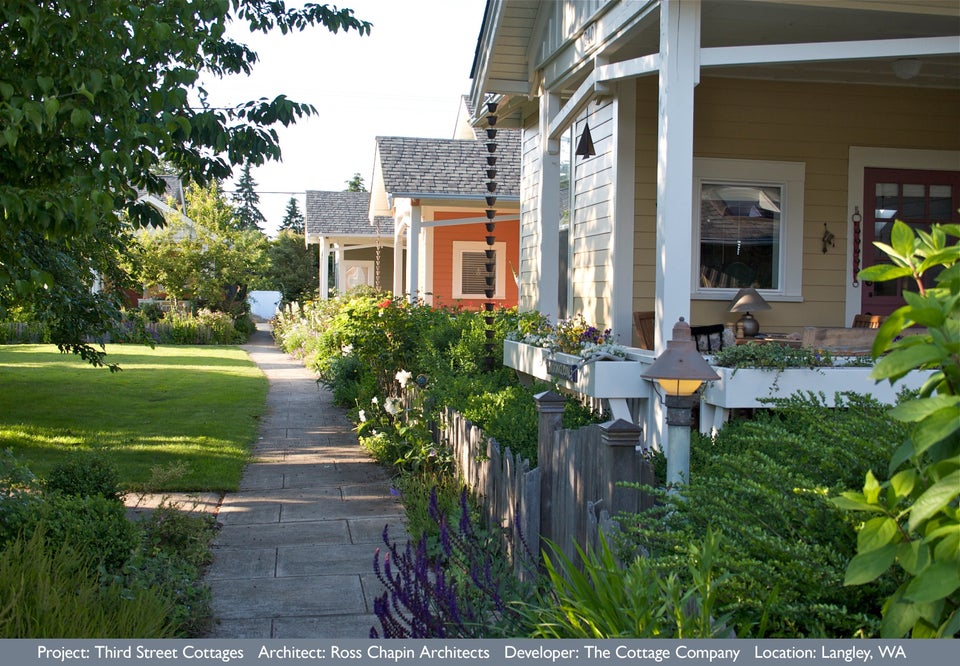Have you been wondering what happened to the days of living simpler? You know, like when people actually knew who their neighbors were or were even at least friendly to them. Well, architect Ross Chapin is trying to bring that sentiment back to America with the concept of pocket neighborhoods.
Chapin describes pocket neighborhoods as a secluded cluster of homes gathered around a shared open space such as a courtyard or garden. The concept was developed in 1996 in Langley, Washington by himself and developer Jim Soules when they noticed a lack of community within certain areas. The two designed the Third Street Cottages, a group of eight small homes around a garden, which led to the name of this idea. “They just seemed like jewel boxes,” Chapin said. “Tucked away off of a busy street. And I said 'this is like a pocket neighborhood.’”
Never measuring more than 1,000-square-feet, the homes were quickly sold to like-minded, blue-collared people such as retired librarians and social workers. Today, the interest in these neighborhoods have been drawn primarily by single women, empty-nesters and young couples. The appeal, Chapin says, is having a lower maintenance home and the possibility for simpler living. “Living in a rather large, high-maintenance home is not a dream for retirement,” he said. “And kids of Baby Boomers, those in their 20s and 30s, are looking for smaller houses in full-service neighborhoods.”
Of course another big appeal is actually having a solid relationship with those living next to you. And with that comes a sense of safety and security. “If you’re a single person and you’ve come down with the flu or broke a leg, who’s going to walk the dog? Who gets the groceries?” Chapin says in a pocket neighborhood you always have helping hands that you normally don’t find in traditional communities.
Currently he works with developers and elected officials to spread the word of this type of “tiny living” and has been successful in creating over 10 neighborhoods along the North West. Chapin says that this concept can be developed anywhere including urban areas.
While to some this may appear to be a “hippie commune,” Chapin feels he’s tapping into what it means to be human. “Think about a small group of people, chatting, conversating -- it just happens spontaneously,” he said. “Now think of a neighborhood with 200 houses -- they don’t come together, they’ve turned their backs on one another.”
Click through our slideshow to see photos of pocket neighborhoods and head over to Ross Chapin’s website to learn more.
Have something to say? Check out HuffPost Home on Twitter, Facebook, Pinterest, Tumblr and Instagram.
**
Do you have a home story idea or tip? Email us at homesubmissions@huffingtonpost.com. (PR pitches sent to this address will be ignored.)
